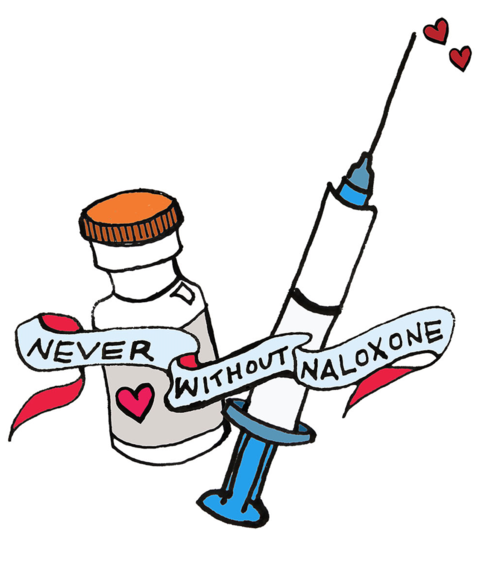One of the most common questions that NC Harm Reduction Coalition receives regarding our naloxone distribution program (which has distributed over 10,500 kits from 8/1/13 to 6/10/15, resulting in 586 reported drug overdose reversals) is:
"How do you keep track of how many people have used the kits to reverse a drug overdose?"
Reporting successful overdose reversals is one of the biggest challenges that naloxone distribution programs face. In many cases, an outreach worker will distribute a naloxone kits to a person at risk for opiate drug overdose, and then never see or hear from that person again. Most drug users, already reluctant to admit to activity due to social stigma, will use the kit and never tell anyone unless they have an established, trusting relationship with the person or organization who gave them the kit. So how can you tell if your program is actually working? (And how to you report success to funders)?
The following are a few tips on how to track the number of kits used, as well as some information on the limitations of reporting:
How to get the most accurate reporting results:
1. Whenever possible, distribute kits at a location where you will see the same people again -- The best example of this is a syringe exchange program, methadone clinic or other social service provider where drug users feel comfortable and where they visit frequently. If users are coming regularly and have an established rapport with staff or volunteers, they are far more likely to report having used a naloxone kit. If you live in the majority of the states, without above-ground syringe exchange programs, methadone clinics work well since patients are opioid users who visit weekly or even daily to receive their medication. NCHRC distributes in 29 methadone clinics!
2. Choose outreach workers with established trust and rapport in the drug user community -- One major reason that drug users don't report overdose reversals is because they are afraid of how the information might be used and they don't want to be identified. But they usually feel comfortable reporting a reversal to someone they know, especially if the report is anonymous. So distributing through a peer-based network is best practice for receiving reports.
3. Give people lots of easy reporting options -- The easier and less intrusive the reporting, the more likely people will do it. People should have the option to report via phone, text, email, facebook, online form or in person (contact info should be included inside the kit as a brochure or sticker). The temptation is to ask for as much information as possible in order to learn about how the kits are being used. But the more questions you ask, the fewer people will actually answer them. At NC Harm Reduction Coalition, we only ask for the location of the reversal. Then we enter the data on a spreadsheet: the date the reversal was reported, to whom it was reported, how (phone, text, in person, etc) and city where the reversal occured. If the person seems willing to talk about the experience (some are quite anxious to talk about it) we may do an informal interview where we ask what happened, how much naloxone was used, whether 911 was called, etc. But that's only if the person seems open to those kinds of questions.
Limitations of Self-Reporting
1. You still don't get an exact account of how many kits were used -- Even if you employ all three best practices above, the majority of reversals will probably still go unreported. People lose the paper with the contact information, they forget to report, they are scared to report, etc. But that's okay. Even if you don't hear about all the reversals, you are still saving lives!
2. Not every successful overdose reversal means a life was saved -- Because not every opioid drug overdose is fatal, there is no way to know for sure if a person would have lived without a naloxone intervention. So the most accurate way to report results is in terms of 'successful overdose reversals,' not 'lives saved' (though I am totally guilty of using that phrase). Even with perfectly accurate reporting, it's impossible to know how many people were actually saved with naloxone. But rest assured, it was probably a lot!
For more tips or information on how to report successful reversals in your naloxone program, visit www.nchrc.org and contact a staff member.

